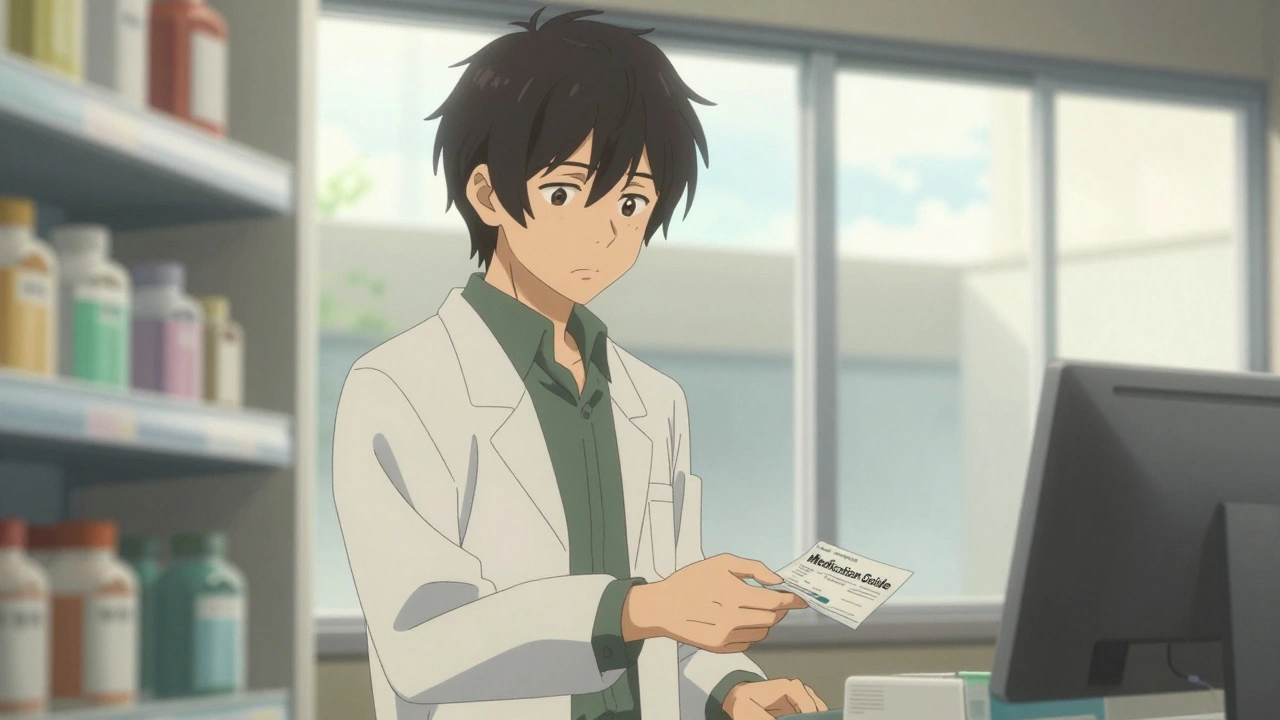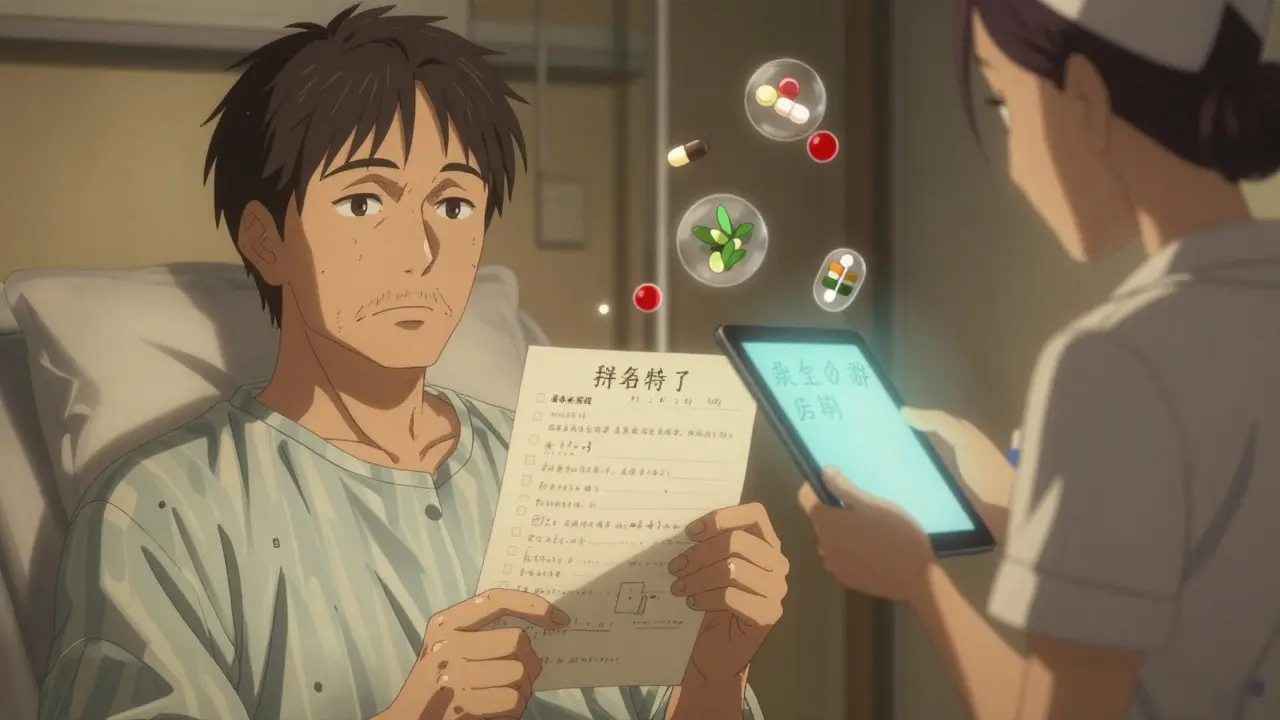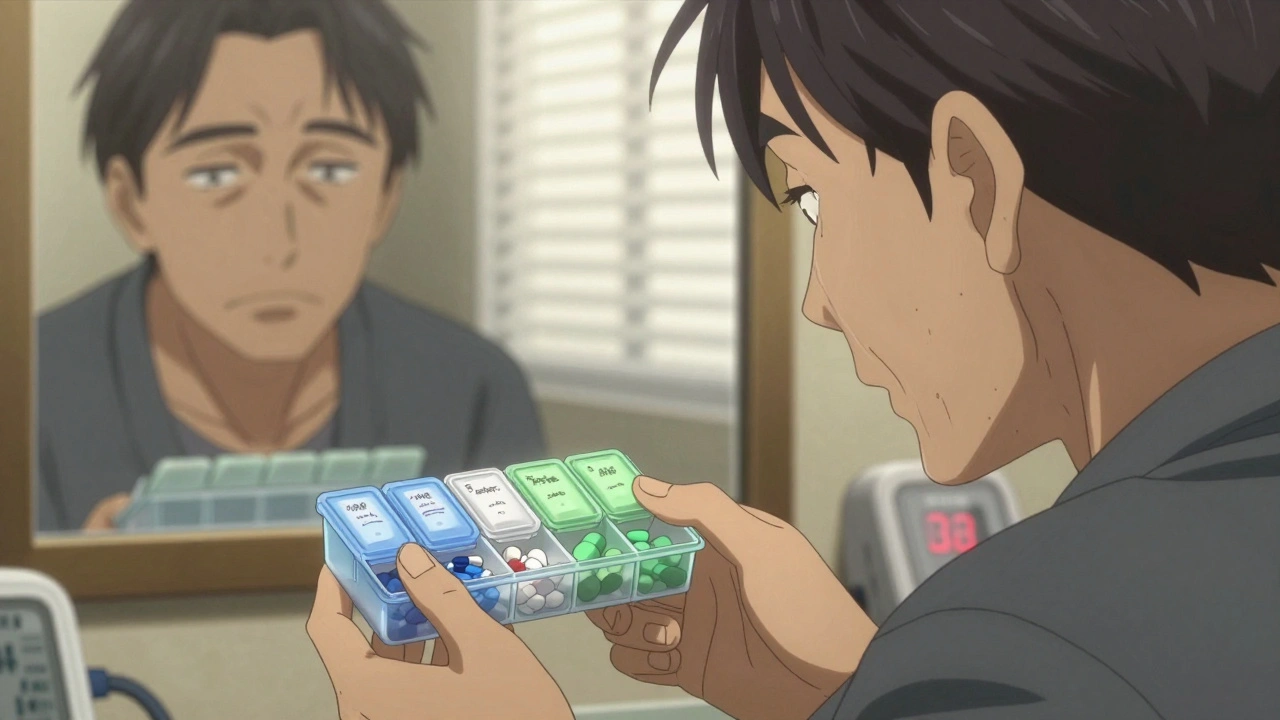You’d think a modern antibiotic like doxycycline would just quietly handle bacteria and let you get on with your week. If only it were that simple. For many in Bristol and beyond, swallowing that little yellow tablet can bring some odd side effects. Before you sit staring at the box, wondering if your stomach will ever be the same, let’s get clear on what really happens when you take popular doxycycline tablets like Doxt-SL.
Why Doxycycline Tablets Like Doxt-SL Are So Widely Prescribed
Doxycycline isn’t a new kid on the pharmacy shelf. Doctors hand it out for dozens of infections—think everything from acne that’s overstayed its welcome, to chest infections, rosacea, urinary tract infections, and even prevention of malaria. Doxt-SL is simply a branded version, but the game inside the tablet is the same.
What makes doxycycline such a go-to? It’s affordable, works both fast and reliably, and covers loads of bacteria without punching a patient’s wallet. Pharmacies across the UK have seen a steady rise in prescriptions since the pandemic; people are eager for anything that promises speedy relief.
But there’s a flipside. All that fighting power comes with a set of possible adverse reactions. Some are harmless, others are quietly annoying, and a few could get you ringing your GP’s emergency number at 10pm. So, what’s most likely to turn up?
An NHS hospital audit in 2023 looked at 2,400 people on doxycycline for various infections. Just over 30% reported at least one adverse effect during their course. Most cases were minor and faded with time, but that number isn’t small. If you’re starting up a course, a little preparation goes a long way.
Here’s where things get interesting: certain side effects appear more often based on your age, what you eat, other medicines you take, and even the time of day you swallow your pill. Surprised? Let’s break down what you can actually expect.

The Common (and Less Common) Side Effects—Real People, Real Risks
Stomach Trouble: By far the most common complaint—and the one that sends the most people online at midnight—is stomach upset. Nausea, heartburn, and diarrhoea show up in one of four users, according to recent UK pharmacy data. Doxycycline is famous for burning the food pipe (oesophagus) if taken without enough water or just before lying down. It’s not dramatic, but it’s not pleasant either.
Top tips here? Always take the tablet with a large glass of water, and don’t hit the sofa for at least 30 minutes afterwards. One Bristol GP puts it bluntly: “If you’re tempted to pop it and crawl back to bed, don’t. That’s a shortcut to heartburn you’ll remember.”
Photosensitivity: Doxycycline makes your skin much more likely to burn, especially on those rare sunny British days. A study at the University of Leeds counted double the sunburn cases among doxycycline users, even with short daily sun exposures. Some describe the burn as “instant,” so even short walks can sting.
If you see sun outside, wear long sleeves, slap on high-factor sunscreen, and maybe take an umbrella—the “British summer” suddenly has real consequences. This effect can linger for days after your last dose.
Unusual Taste or Mouth Sores: About one in ten report a weird metallic taste or fuzzy feeling in their mouth. For most, it passes quickly, but sucking sugar-free sweets or rinsing with cool water seems to help.
Headaches and Dizziness: Less common, but still worth mentioning. Roughly 5% of users feel lightheaded or get headaches during the first few days. This is more likely if you’re dehydrated or you skip meals. So, eat something before your pill, and don’t push through a headache—grab some paracetamol if you need it.
Yeast Infections: Because doxycycline changes the balance of good bacteria, women in particular sometimes notice vaginal thrush—a white discharge and itching. Men can get fungal rashes too, though it’s less common. Using plain yoghurt with live cultures, either eaten or applied as recommended, helps a lot of people. Talk to your pharmacist if anything feels off—they’ve seen and heard it all.
Joint and Muscle Pain: Very rarely, people get aches that feel like flu. If you wake up feeling oddly sore, report it to your GP. More serious reactions—think trouble breathing, chest pain, or a swollen tongue—are rare but need emergency care. If in doubt, get checked.
Here’s a quick data snapshot to give you an idea of what real people experience taking Doxt-SL and similar antibiotics:
| Side Effect | Approximate Frequency (%) |
|---|---|
| Stomach Upset (nausea, reflux, diarrhoea) | 25 |
| Photosensitivity (Burns easily in sun) | 10 |
| Mouth Sores or Taste Changes | 12 |
| Headache/Dizziness | 5 |
| Vaginal/Oral Thrush | 7 |
| Muscle/Joint Pain | 1 |
| Severe Allergic Reaction | <0.5 |
What trips up most people? Mixing doxycycline with certain foods, drinks, or supplements. Calcium-rich foods—like milk or cheese—can make the antibiotic less effective. Same with antacids, iron pills, or even multivitamins. If you’re a tea or coffee lover, good news: caffeine doesn’t interfere. But always check labels before swallowing anything alongside your tablet.

Mitigating Side Effects—How to Beat the Downsides
So, you can’t escape all the possible side effects, but you can outsmart a few. Here’s a breakdown of easy fixes:
- Never take your dose lying down. Stand or sit upright, sip a big glass of water, and only eat food if your stomach tends to rebel. Some people say food lessens nausea, others feel more queasy with even a slice of toast. Start small and see what works for you.
- Avoid dairy, antacids, or mineral supplements for two hours before and after your tablet. This guarantees maximum absorption and fewer stomach woes.
- If you need sun protection, go overboard: hats, sunglasses, sleeves, SPF 50, or even sun avoidance. It sounds dramatic but a burnt nose halfway through your course isn’t fun, and recovery is slow.
- Keep your skin clean and dry, especially if you’re taking doxycycline for acne or rosacea. Moisturise gently, skip harsh scrubs, and change pillowcases often. These small things speed up healing and reduce extra irritation.
- If thrush appears, act early—many chemists offer quick fixes over the counter. Eating live yoghurt or using prescribed creams can get things back in balance quickly.
- Drink plenty of water—this helps lessen headaches and keeps kidneys flushed, especially if you’re also on other medications.
Worried about rare, serious side effects? If you notice swelling of your lips or face, trouble breathing, or an unusual rash with fever—stop taking the tablet and seek emergency help. Rare doesn’t mean impossible.
For a deep dive on specifics and more patient-friendly tips, check out this up-to-date guide on Doxt-SL side effects. They break it down with real examples and practical advice.
If you’re one of those people who likes to push through medicine with as little fuss as possible, just remember: your experience can be easier with a bit of planning. Keep a list of any symptoms, try suggested tweaks, and don’t white-knuckle through anything that feels dangerous. You know your own baseline best—if something changes suddenly, it isn’t ‘bothering the doctor’ to ask. It’s what they’re there for.
Interestingly, some people report that their skin actually looks clearer, and their energy improves, after a standard antibiotic course. This isn’t guaranteed, but it’s a nice reminder that not all side effects are negative.
And here’s one useful tip you won’t hear often: keeping hydrated and sticking to your normal sleep routine genuinely speeds recovery. Late nights and dehydration ramp up side effect risks, especially the dreaded headaches and dizziness. Cut yourself some slack—let the antibiotic work, but baby your body a bit, too.
Finally, as with any antibiotic, it’s crucial not to skip doses, not to double up if you forget, and never share your tablets with anyone else. Fine print? Maybe, but following it might just save your stomach, your skin, and your energy in ways you notice right away.
So the next time you’re handed a prescription for Doxt-SL or any other doxycycline tablet, you’re no longer left in the dark. Knowing what’s normal—and what’s not—puts you back in control, one (possibly annoying) side effect at a time.






Evelyn Shaller-Auslander
July 17, 2025 AT 09:58Gus Fosarolli
July 17, 2025 AT 22:14Richard Elias
July 19, 2025 AT 01:49Scott McKenzie
July 19, 2025 AT 10:42Jeremy Mattocks
July 19, 2025 AT 15:07Paul Baker
July 21, 2025 AT 12:21Zack Harmon
July 22, 2025 AT 19:13Jeremy S.
July 24, 2025 AT 05:44Jill Ann Hays
July 25, 2025 AT 20:19Mike Rothschild
July 27, 2025 AT 06:47Tionne Myles-Smith
July 28, 2025 AT 01:00Leigh Guerra-Paz
July 28, 2025 AT 02:01Jordyn Holland
July 28, 2025 AT 14:16ABHISHEK NAHARIA
July 30, 2025 AT 12:17Hardik Malhan
July 30, 2025 AT 18:12Casey Nicole
August 1, 2025 AT 03:26Kelsey Worth
August 1, 2025 AT 16:30shelly roche
August 2, 2025 AT 12:38Nirmal Jaysval
August 2, 2025 AT 14:03Benedict Dy
August 4, 2025 AT 10:57